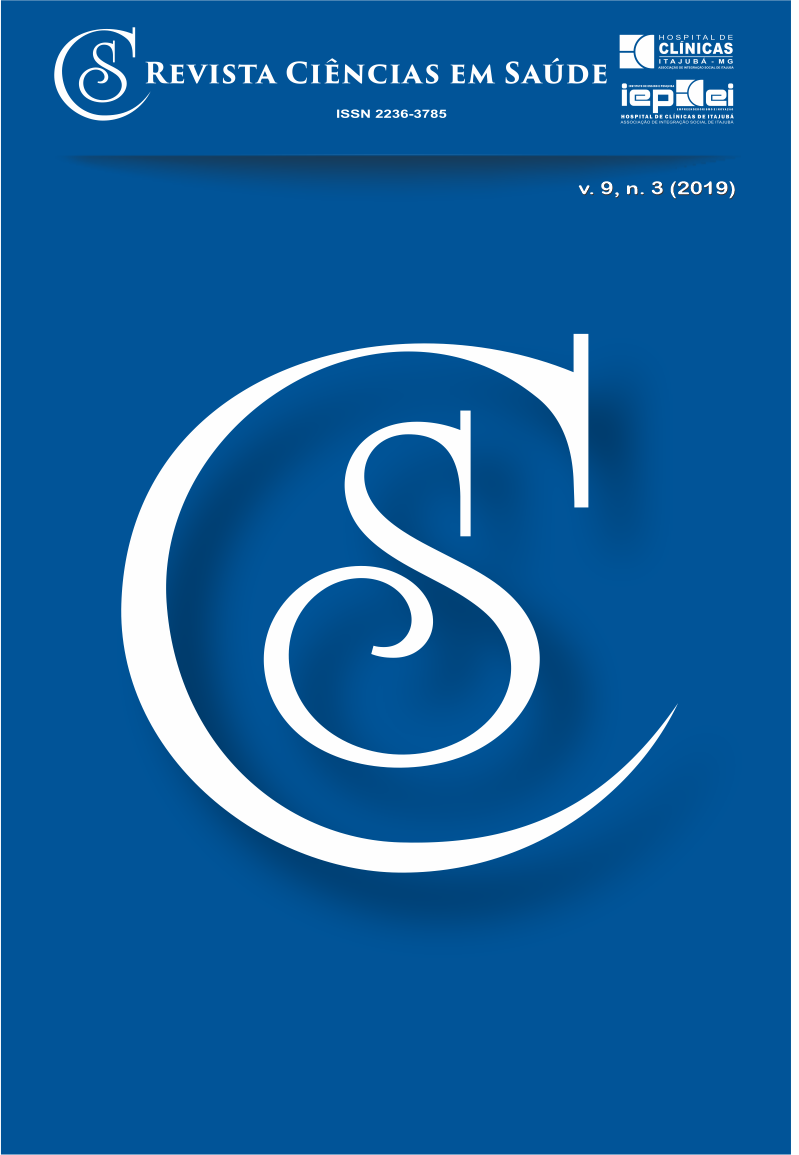Eficácia da hemostasia após cateterismo arterial utilizando torniquete de compressão de artéria radial/ Efficacy of hemostasis after arterial catheterization using Radial Artery Compression Tourniquet
Main Article Content
Abstract
Introdução: Com o aumento da expectativa de vida há também um consequente aumento das doenças cardiovasculares e de intervenções coronárias percutâneas. Objetivo: Avaliar obtenção de hemostasia após cateterizações arteriais percutâneas, por via radial, utilizando torniquete de compressão de artéria radial (TCAR). Métodos: Foi realizado um estudo observacional, transversal quantitativo, que avaliou 80 prontuários de pacientes submetidos consecutivamente a operações arteriais percutâneas (cateterismo cardíaco com ou sem necessidade de angioplastia) por acesso radial, que utilizaram TCAR da marca COMED®, como técnica para obtenção da hemostasia, baseando-se o protocolo institucional para manuseio e retirada do dispositivo. Resultados: Sessenta e cinco por cento dos pacientes eram do sexo masculino, com média de idade de 63 anos, peso médio de 76,5 Kg. Cinco mil unidades internacionais de heparina não fracionada foram administradas em todos os procedimentos, com doses adicionais em pacientes que foram submetidos à angioplastia. A maioria (88,7%) dos dispositivos foram insuflados com 15 ml de ar após o procedimento e a hemostasia foi obtida em 78,7% dos casos. Conclusão: A obtenção de hemostasia com compressão da artéria pelo TCAR COMED®, e com a técnica realizada seguindo o protocolo da instituição, mostrou-se efetiva, reduzindo o tempo de compressão sugerido pelo fabricante.
Introduction: With the increase in life expectancy, there is also a consequent increase in cardiovascular diseases and percutaneous coronary interventions. Objective: To evaluate hemostasis after radial percutaneous arterial catheterization using the radial artery compression tourniquet (RACT). Methods: An observational, cross-sectional quantitative study was carried out to evaluate 80 medical records of patients consecutively submitted to percutaneous arterial surgeries (cardiac catheterization with or without angioplasty) by radial access using COMED® RACT as the technique to obtain hemostasis, based on the institutional protocol for device handling and removal. Results: Sixty-five percent of the patients were male, with a mean age of 63 years, mean weight of 76.5 kg. Five thousand international units of unfractionated heparin were administered in all procedures, with additional doses in patients who underwent angioplasty. Most (88.7%) devices were inflated with 15 ml of air after the procedure and hemostasis was obtained in 78.7% of cases. Conclusion: Obtaining hemostasis with compression of the artery by COMED® RACT, and with the technique performed following the protocol of the institution, was effective, reducing the time for compression suggested by the manufacturer.
Article Details
Authors maintain copyright and grant the HSJ the right to first publication. From 2024, the publications wiil be licensed under Attribution 4.0 International 
 , allowing their sharing, recognizing the authorship and initial publication in this journal.
, allowing their sharing, recognizing the authorship and initial publication in this journal.
Authors are authorized to assume additional contracts separately for the non-exclusive distribution of the version of the work published in this journal (e.g., publishing in an institutional repository or as a book chapter), with acknowledgment of authorship and initial publication in this journal.
Authors are encouraged to publish and distribute their work online (e.g., in institutional repositories or on their personal page) at any point after the editorial process.
Also, the AUTHOR is informed and consents that the HSJ can incorporate his article into existing or future scientific databases and indexers, under the conditions defined by the latter at all times, which will involve, at least, the possibility that the holders of these databases can perform the following actions on the article.

